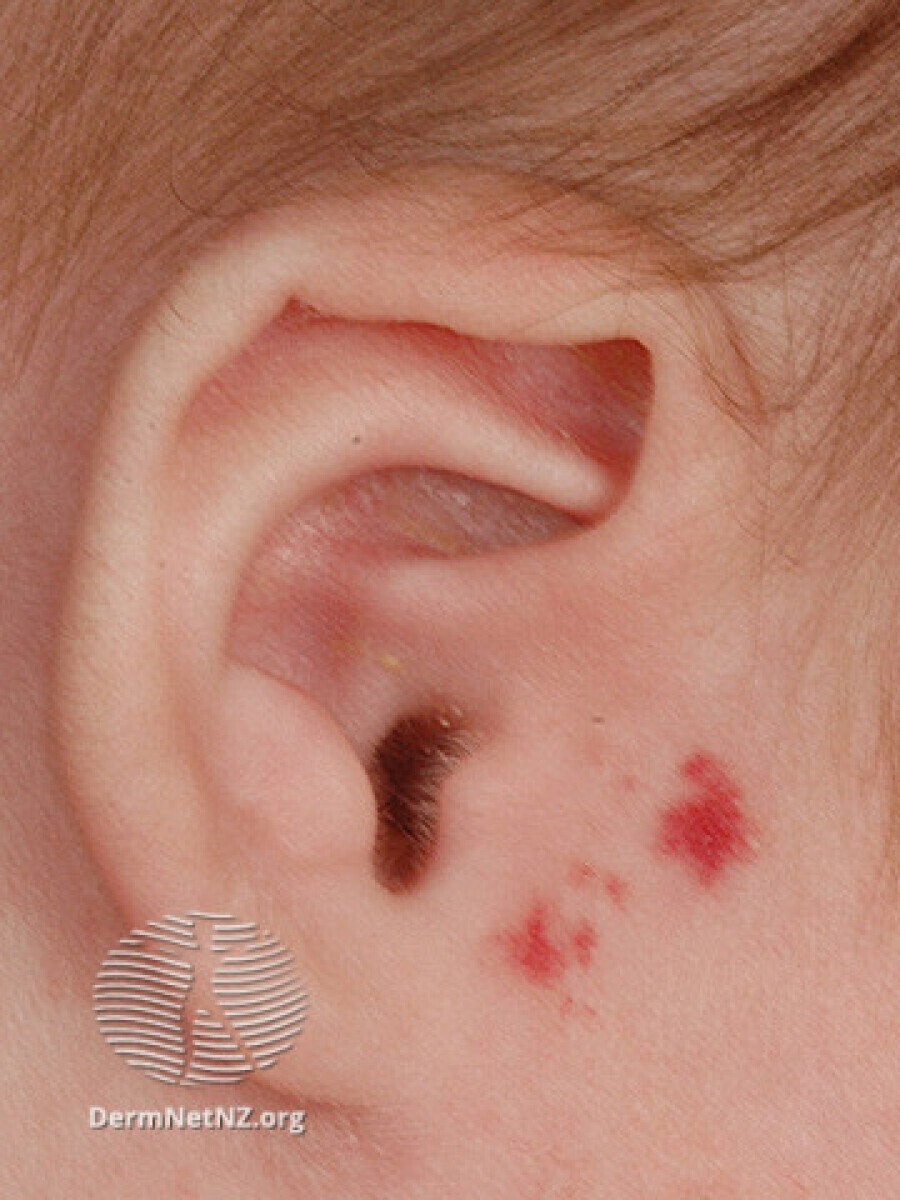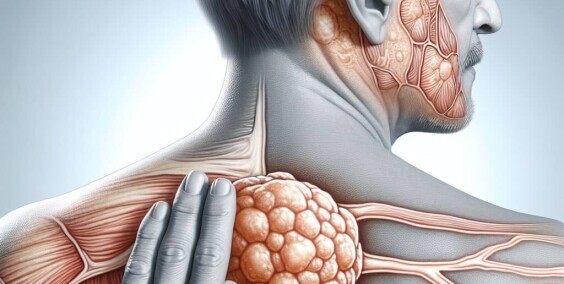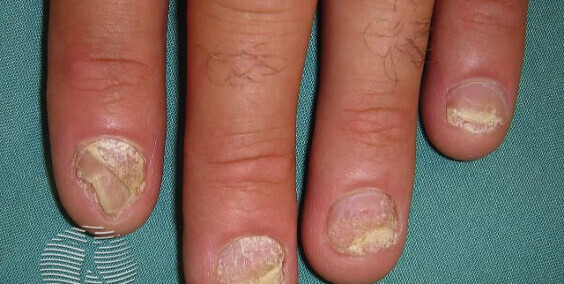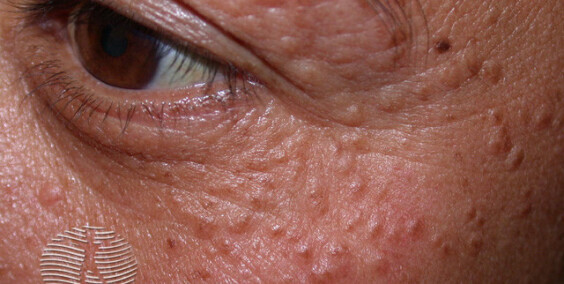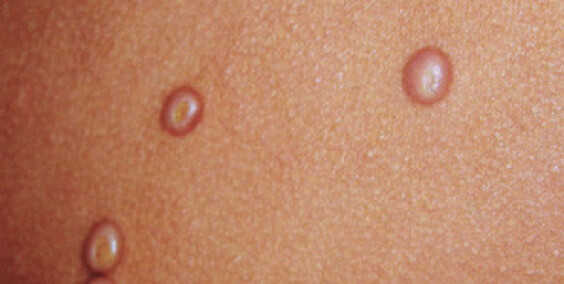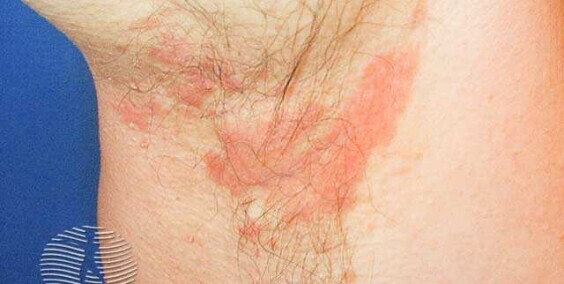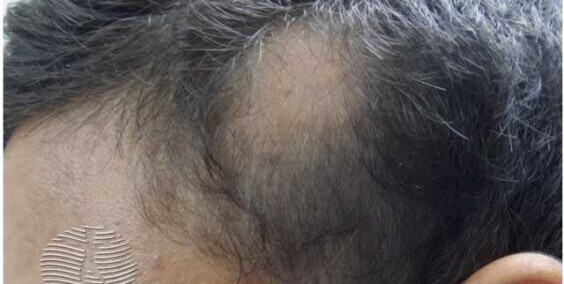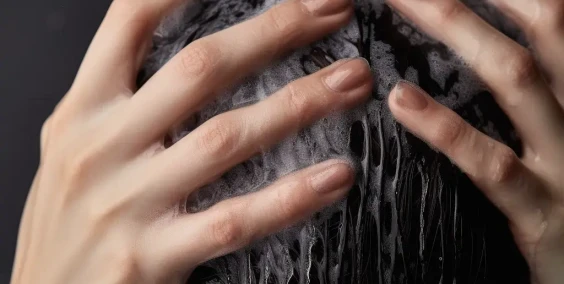Haemangiomas, also referred to as infantile haemangioma or strawberry marks, represent a prevalent type of vascular anomaly seen in newborns and infants. These benign tumors are characterized by the abnormal growth of blood vessels beneath the skin. Although typically non-threatening, some haemangiomas may necessitate dermatological intervention based on their characteristics and potential complications.
Symptoms:
- Appearance: Haemangiomas manifest as raised, red or purplish nodules on the skin's surface.
- Growth Pattern: They often exhibit rapid growth during the initial months of a child's life.
- Predominant Areas: Common sites of occurrence include the head, face, neck, and trunk.
Causes:
While the precise etiology of haemangiomas remains elusive, certain contributing factors include genetic predisposition and hormonal influences. The condition is believed to originate from an abnormal proliferation of blood vessels during fetal development.
Complications:
Most haemangiomas follow a benign course, but potential complications may include:
- Ulceration: Rare instances may see haemangiomas breaking open and ulcerating.
- Bleeding: Larger haemangiomas can be more prone to bleeding.
Prevention:
Given the spontaneous nature of haemangioma development, specific preventive measures are lacking. Regular monitoring of growth and seeking timely medical attention are advisable to manage potential complications effectively.
Treatment:
- Observation: Many haemangiomas undergo spontaneous regression without necessitating medical intervention.
- Topical Medications: Superficial haemangiomas may be treated with topical medications to encourage regression.
- Oral Medications: Corticosteroids or beta-blockers may be prescribed for larger or problematic haemangiomas to reduce size and stimulate regression.
- Laser Therapy: Pulsed-dye lasers prove effective in treating the redness associated with haemangiomas, enhancing natural skin appearance.
- Surgical Intervention: In cases where complications are likely, surgical removal or other procedural interventions may be considered.
Although haemangiomas generally resolve without complications, a dermatologist's evaluation is crucial for a tailored approach. Early intervention and vigilant monitoring ensure optimal outcomes, especially when complications are potential. If you observe unusual skin growths in yourself or your child, prompt consultation with a dermatologist is essential for accurate diagnosis and a personalized treatment plan.
